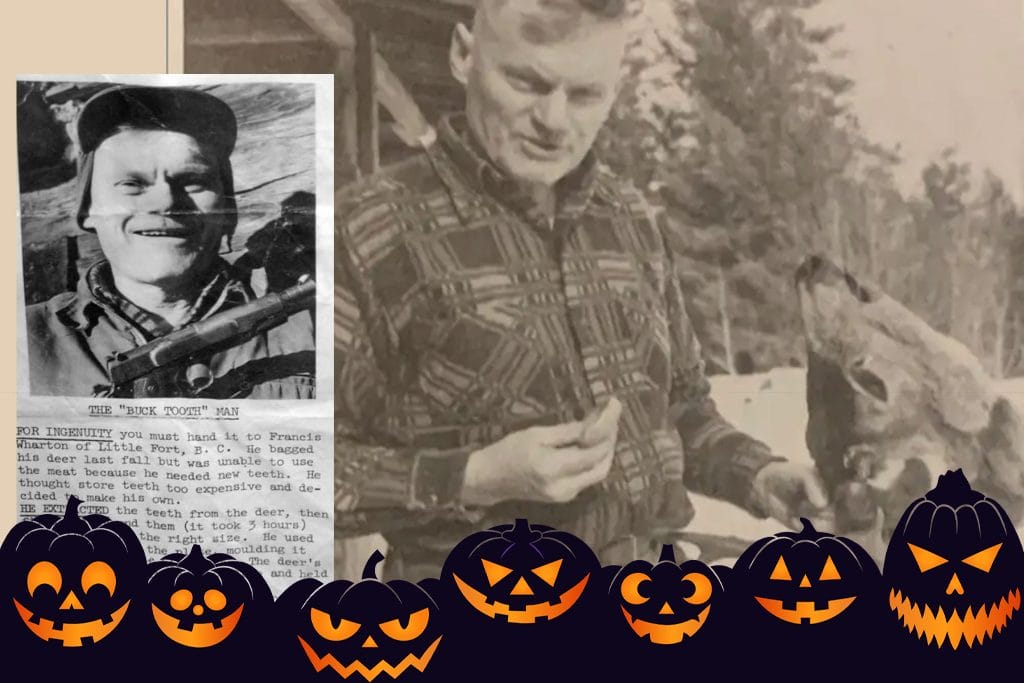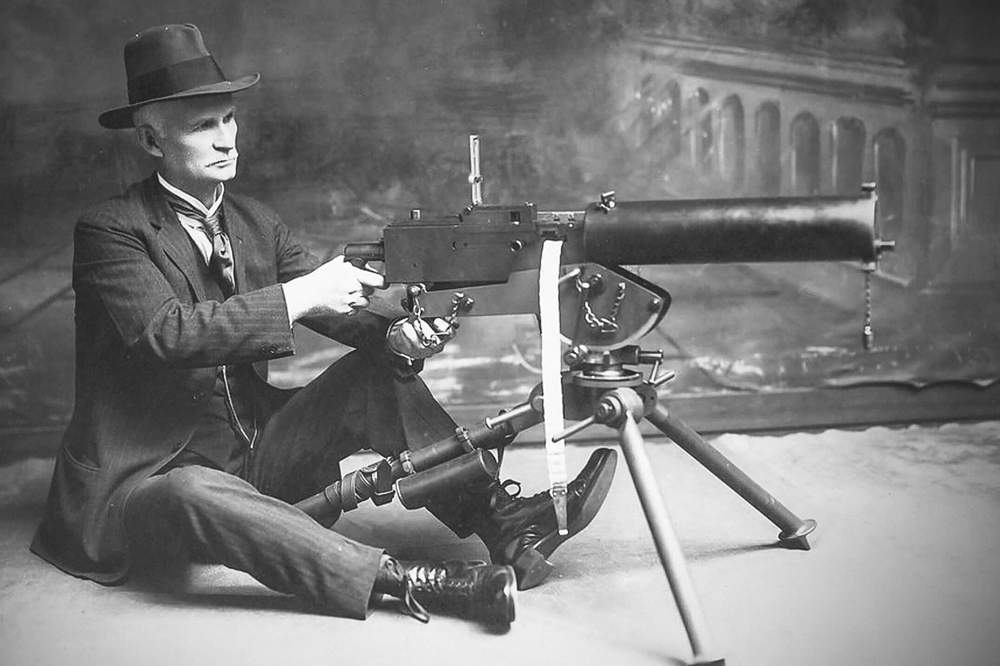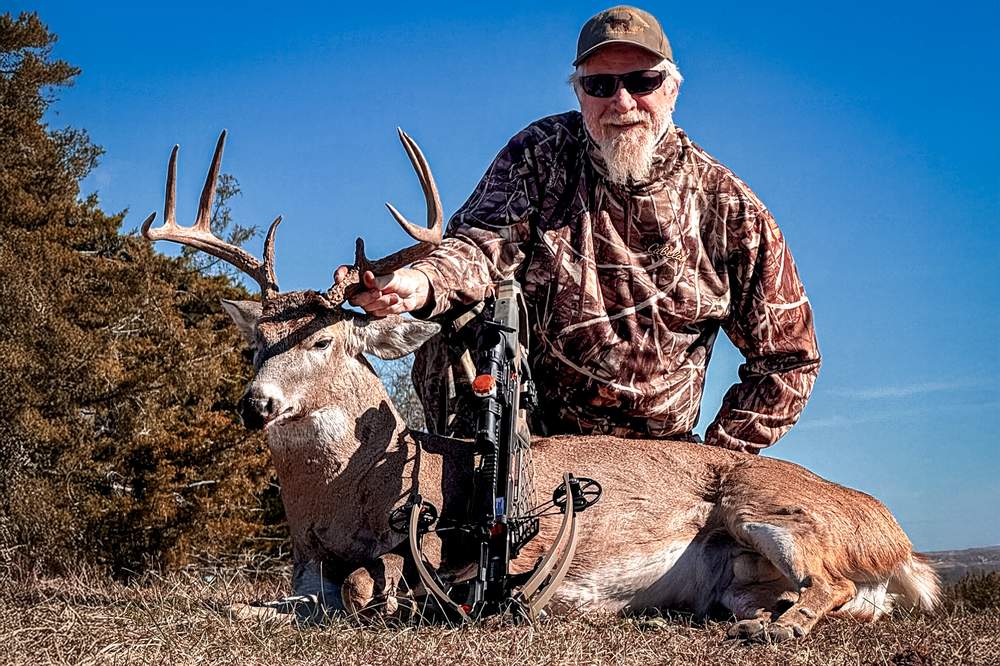For most hunters, the thrill of the adventure is the main motivation for a hunting lifestyle and access to fresh, organic meat. But what happens when age catches up with you, leaving you without one of the most critical components needed to break down your harvest? I’m referring to your chompers, AKA teeth! Well if you’re Francis Wharton, an innovative hunter from British Columbia, Canada, you use a combination of ingenuity, resourcefulness, and what nature provides to solve your dental problem.
Francis Wharton was a jack-of-all-trades who was known to be able to fix anything. He would go on to create one of the most remarkable sets of dentures known to dentistry on top of being a wildcat genius who created custom big-bore handguns and cartridges for defense against his nemesis—the almighty Grizzly Bear.
Meet The Backwoods Wizard
“Snortin’ Wharton,” as his friends called him, was born in Formby, England on March 13, 1902. He later moved with his family outside Edmonton, Alberta to homestead when he was just a toddler. He grew up with no formal education or training and lots of hard work. One of his famous quotes was, "My pals were poverty, ignorance and starvation.” An avid outdoorsman from a young age, he killed his first bear at the age of eight and began tinkering with gunsmithing at around the same age. In 1930 he left and went to the Rockies to "try a little big game hunting" arriving in Dunn Lake B.C in 1945.
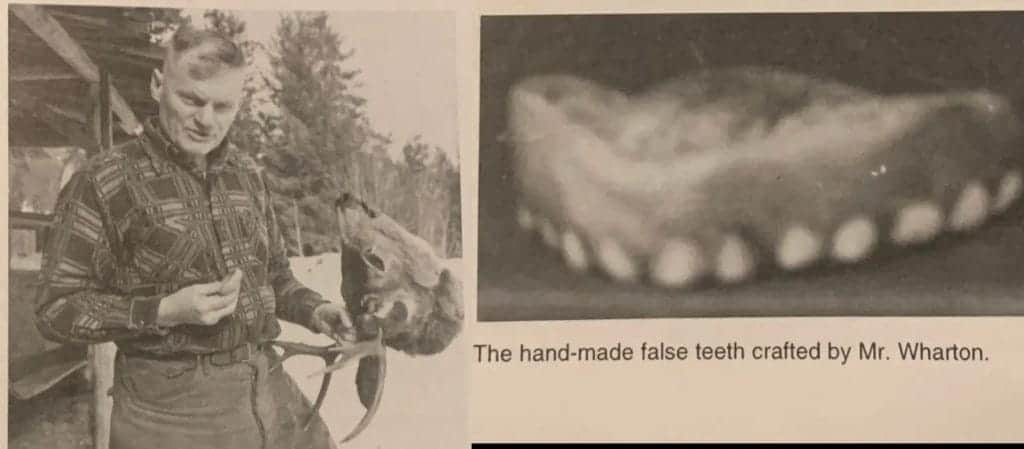
In 1960, Wharton was described as a “stocky, intense man with graying hair who has trapped, farmed, invented everything from a snowmobile to a micro oiler and now subsists on trapping, a bit of gunsmithing and odd jobs he can get.”
Making Dentures Out Of Deer Teeth
Living in isolation and financially strapped, Wharton found himself in a predicament when his teeth began falling out. Wharton was mostly subscient and his diet consisted mostly of game meat—making his teeth essential. As one might expect from a man known as The Backwoods Wizard, Wharton wasn’t about to pay a dentist for something he thought he could fix himself.
Wharton went out that day and killed a whitetail buck. He butchered the deer and when finished, he set upon the deer's teeth, removing them with pliers. He then set to work on each tooth, carefully filing each one to allow them to fit into the mold he had fabricated himself.
In the late 1950s, he was quoted in a local paper saying, “I ate the buck with the buck's own teeth! They work like a charm! They've caused no irritation and I wear them all the time, even to bed."
In that same interview, he detailed how it took about three hours to file and grind the buck's teeth into the right size. He used plastic wood for the plate, molding it around the roof of his mouth. Household cement held the teeth in place. The complete upper dentures were used for three years, a testament to his engineering prowess. Reportedly, they worked very well with only one tooth cracking after chewing on a reportedly tough piece of bear meat.
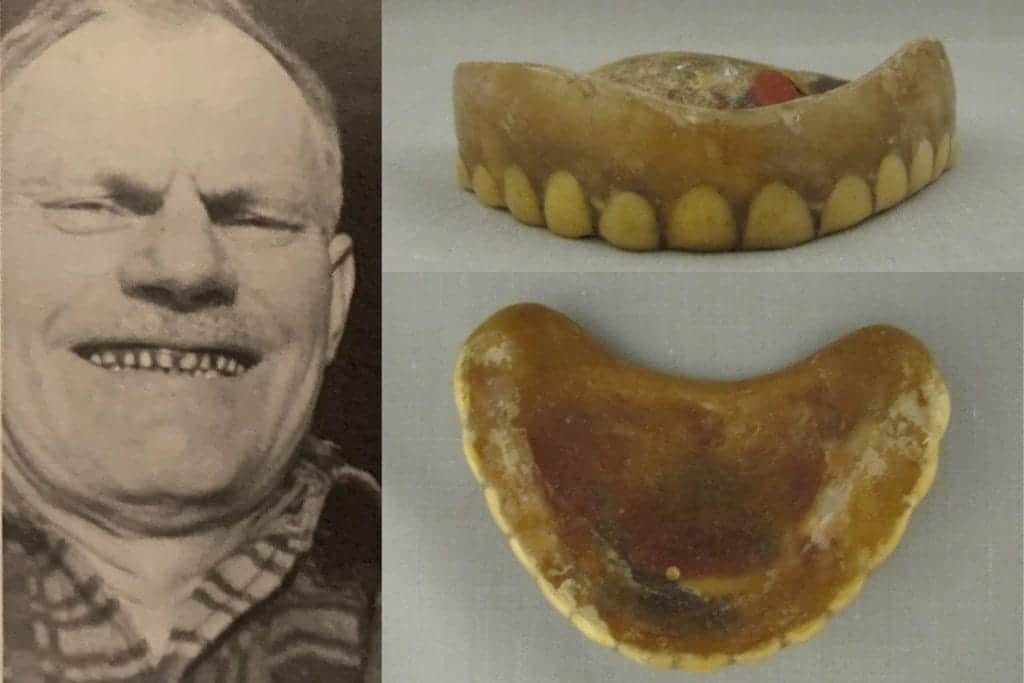
The final full upper denture was described by the Museum of Health Care in Kingston, Ontario as “loose, dark and dirty.” Amazingly, this wasn't Wharton’s first shot in dentistry. In 1933, he had been forced to fix some teeth that had fallen out using pieces of moose antler and spruce pitch to hold everything in place.
Wildcat: The .38 Wharton Magnum
Almost as noteworthy as his engineering skills was his blood feud with the local grizzly population. With one bear taking a swipe at him leaving him concussed and another that ate his pet ram. The first conflict sparked the creation of the .38 Wharton Magnum cartridge and for the later transgression, Wharton was said to have killed seven bears in revenge.
When Wharton was attacked he was able to grab his .22 pistol and shoot the bear in the mouth causing it to turn and flee but not before it swiped at his head leaving him concussed.
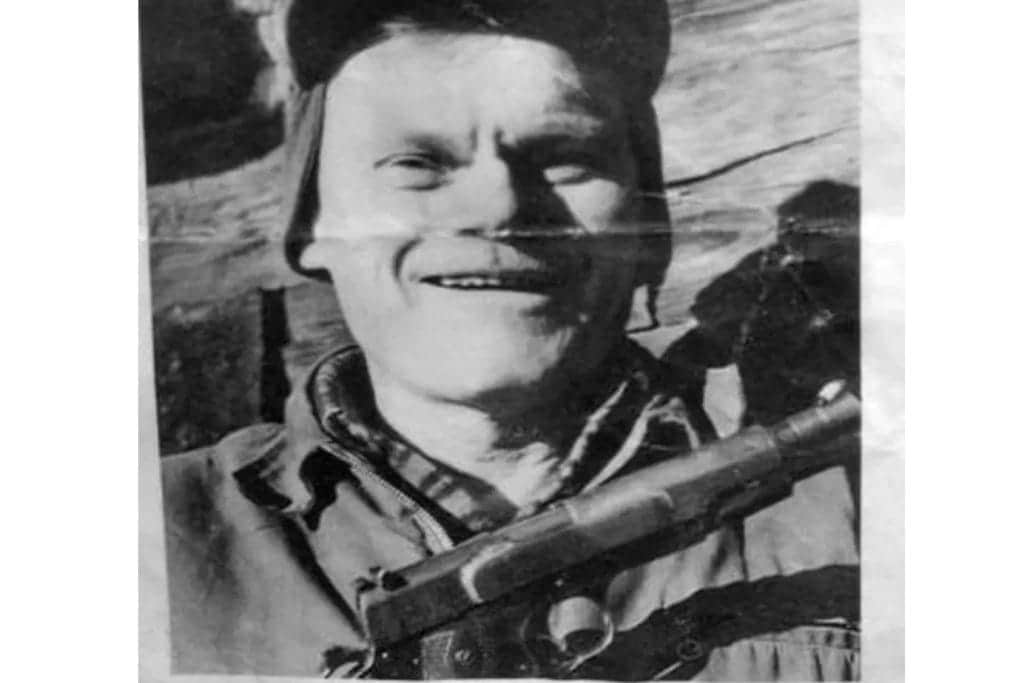
Following the encounter, Francis Wharton began thinking of a way to have the stopping power of a rifle with the maneuverability of a handgun. He began with a .45-inch diameter cartridge case like the .270 or .30-06 which he cut short and necked down to a .38 and filled with powder creating the .38 Wharton Magnum, matching it with a reinforced frame of a Colt 45.
The result was a devastatingly powerful cartridge in a semi-automatic pistol. Although they were just his own estimates, the .38 Wharton was said to be equal to a .300 Savage rifle with double the power of a .44 magnum. A quintessential jack-of-all-trades with achievements certainly fitting of someone given the nickname of The Backwoods Wizard.
